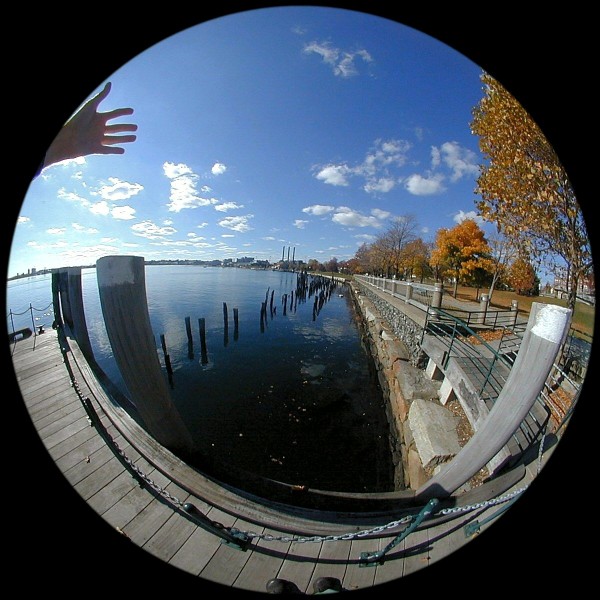
CAMERA LENS DISTORTION CORRECTION FREE
But I'd also be aware that there's no such thing as a free lunch, and that, especially if distortion is the primary artifact, it can sometimes be better not to bother with the corrections if what you're correcting for is not detrimental to the image. If any of these artifacts are visible in the image and distracting, better to correct them than not. Indeed, many modern optics are being designed to trade - especially - distortion for absolute sharpness (and cost and size), knowing that the resulting image can be corrected digitally better to blur an image slightly in correcting the distortion than to have the lens soft in the first place. That's not to say that digital correction shouldn't be performed. Softness correction - sharpening - relies heavily on the dynamic range of surrounding pixels, and therefore introduces noise-related artifacts (and also tends to emphasize the rim of bokeh). Vignetting correction results in a discrete remapping of pixel intensities, which can cause banding.

CAMERA LENS DISTORTION CORRECTION FULL
Longitudinal/axial chromatic aberration is mostly heuristic-based, since full correction requires three-dimensional information. Lateral/radial chromatic aberration correction performs a similar scaling, but on a per-channel basis (and is inferior to a better-corrected lens in part because the resizing applies only to a three-channel sampling of the input spectrum, not to each wavelength independently). Geometric distortion correction blurs image detail through interpolation. I'm not suggesting that this loss of quality is huge, however - though there's a significant amount of stretching in moving from a fish-eye to a rectilinear image that suggests the edges of the image are likely to be very blurred (more for a circular fish-eye than a diagonal one).

The quality of the reconstruction will vary, but in general resizing any image to a fractionally larger size will mostly reduce image quality - one reason that I have such a loathing for 1366x768 HDTVs. Many of the output pixels will be interpolated between captured values, and some will be averaging several pixels, depending on whether the image is being enlarged or shrunk at this point. I would expect most remappings to retain the original image resolution unless requested otherwise - this more or less preserves the maximum image quality where the image is undistorted. The options come down to cropping away useful bits of image or trying to fill in the gaps so that the resulting image is the shape that you want, unless you're very lucky that the edges line up and the rest of the image doesn't.

Once you have an image that's not rectangular, you have to do something if you want a rectangular result. David: It's true that if the boundaries of the image are already rectangular (and there are lenses that exhibit "moustache distortion" for which some of the image is distorted and farther-out bits are not) then no pixels are likely to be mapped beyond the boundary, In the general case, most distortions that are actually correcting anything will change the rectangular capture area to something that's not rectangular.


 0 kommentar(er)
0 kommentar(er)
